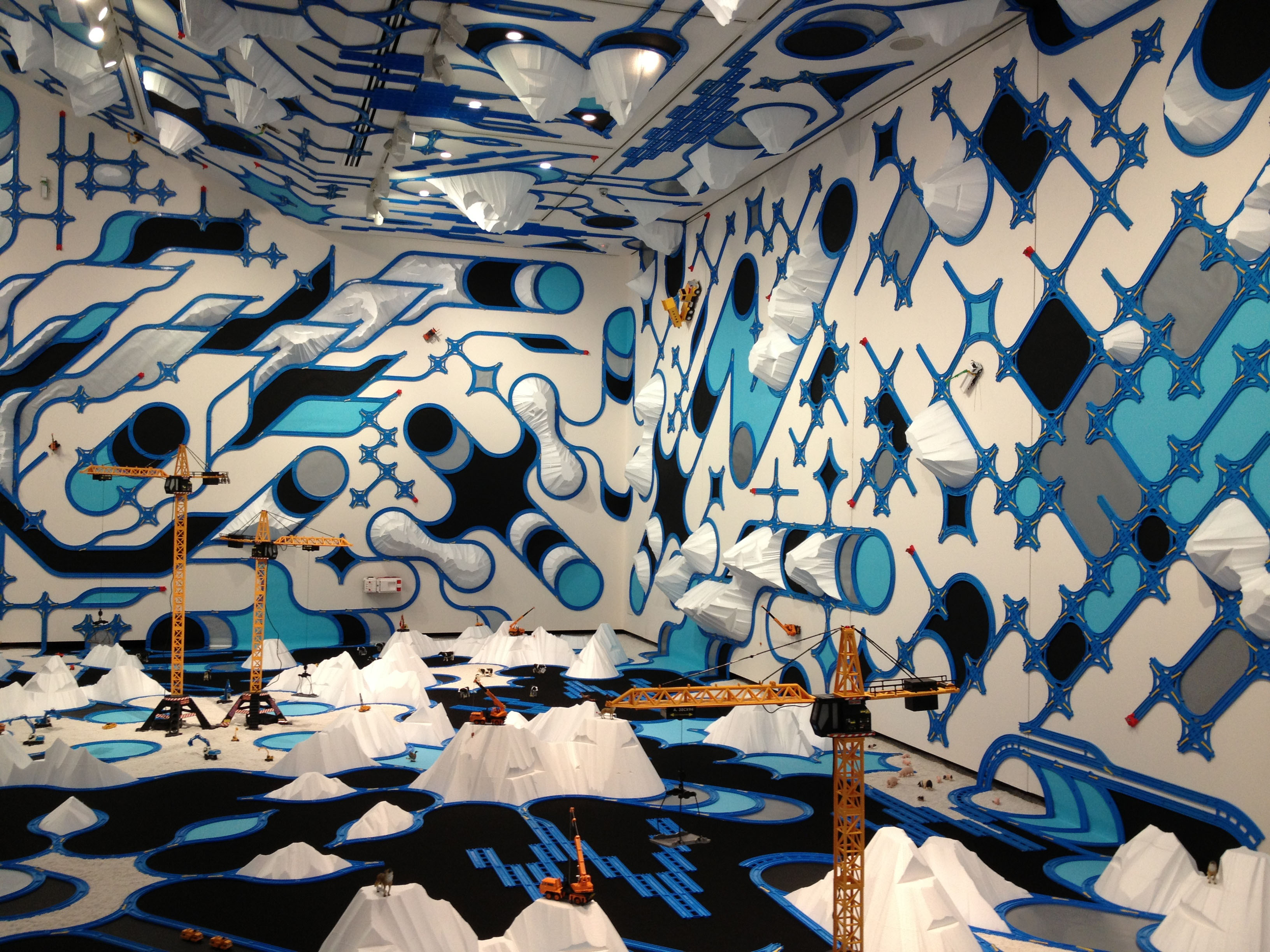Train travel inspires nostalgia. There's no escaping it. It conjures up memories of childhood — playing beside the rail track at the bottom of the garden or with a miniature railway at home. However, politics and societal change have influenced and produced more controversial images of rail travel — images of restless kids huddled together with a handful of gravel between them and a catapult aimed at trains passing by. This more challenging imagery has gone on to influence a world of cinema, literature and art.
The newly renovated Tokyo Station Gallery explores some of these images and fascinations further. The recently restored Tokyo Station affirms the importance and necessity of traveling by train in Japan — something that is intrinsically part of the experience of both city and country dwellers. Reliance on trains to foster connections between cities and areas of the countryside is so explicit that rail travel, like flying by plane, elicits a network of sentimental thoughts, all bound by memories and new technology. These experiences are threaded together in Tokyo Station Gallery's inaugural exhibition, "Waiting For The First Train," for which nine very different artists each respond to their host's namesake.
The space is tucked into the north entrance of Tokyo Station and occupies the floor above, with a viewing gallery that looks back into the central ticket hall. Some remnants of the old building have been allowed to remain exposed, while old English steelwork and red brick dominates the whole building. You would imagine that this makes the space hard to work with — and perhaps this is why art team Paramodel hides the walls and ceilings with a vast Siberian landscape constructed from Plarail toy train tracks.



















With your current subscription plan you can comment on stories. However, before writing your first comment, please create a display name in the Profile section of your subscriber account page.